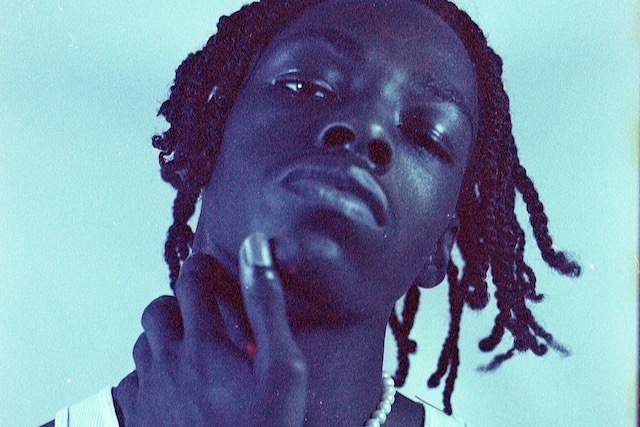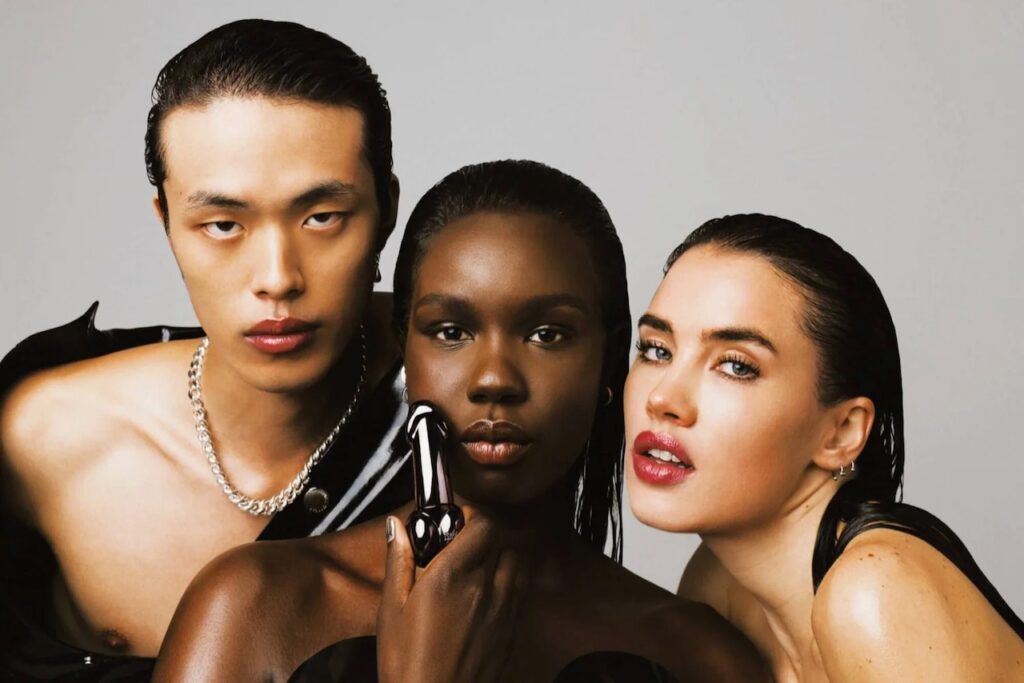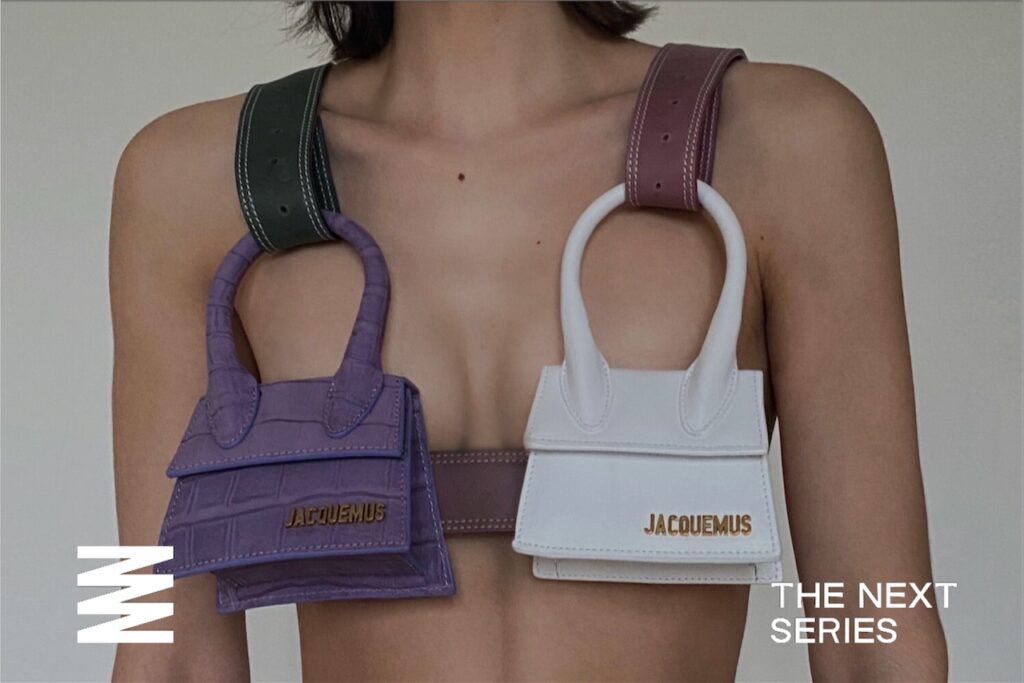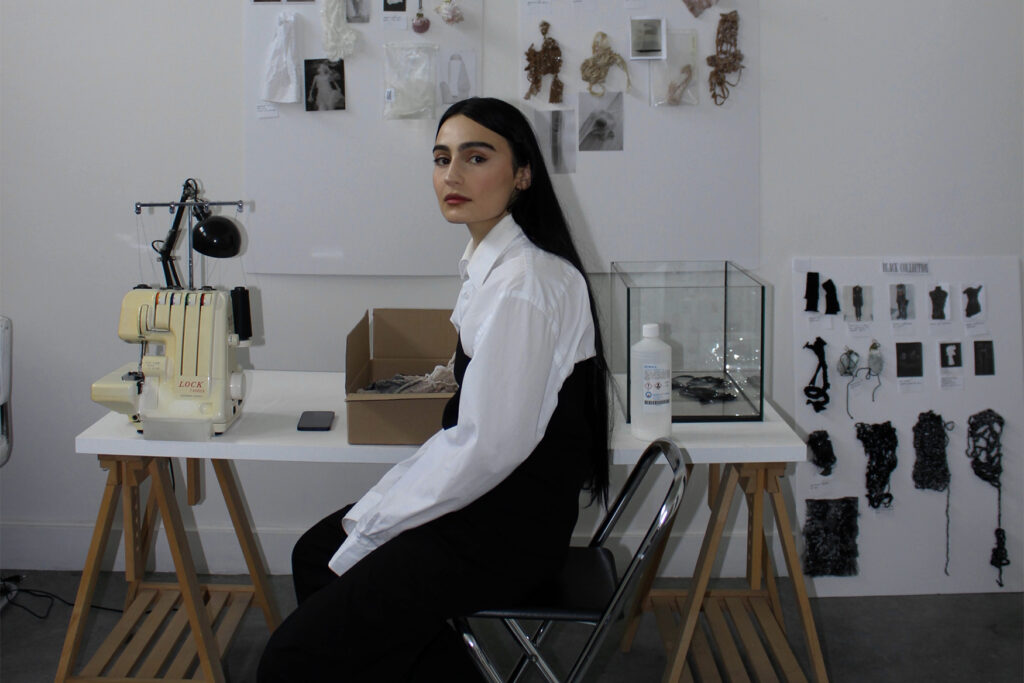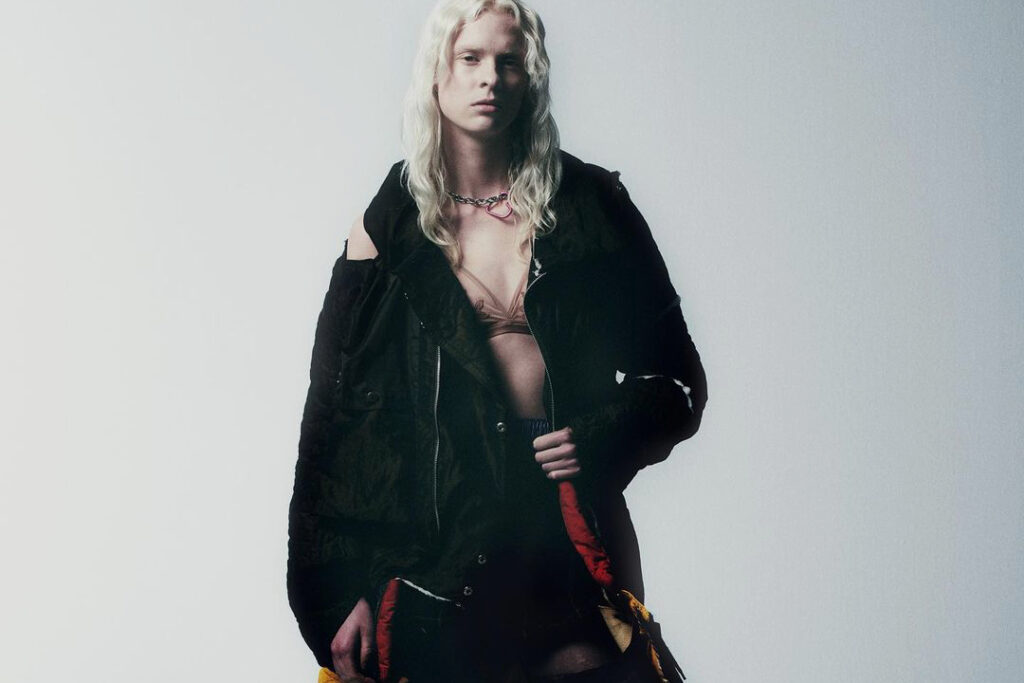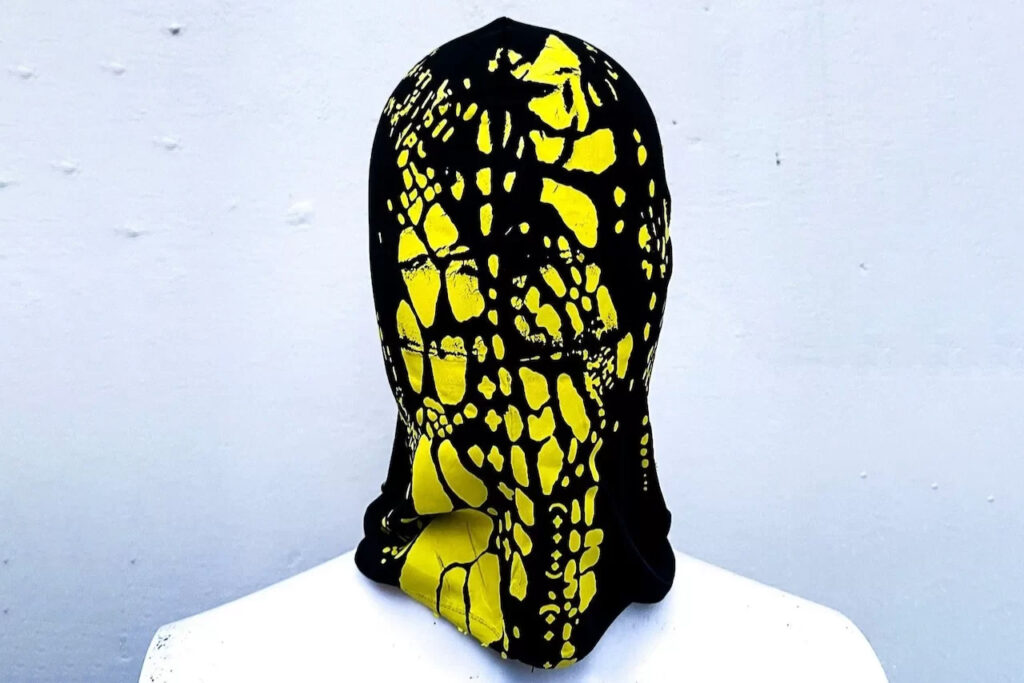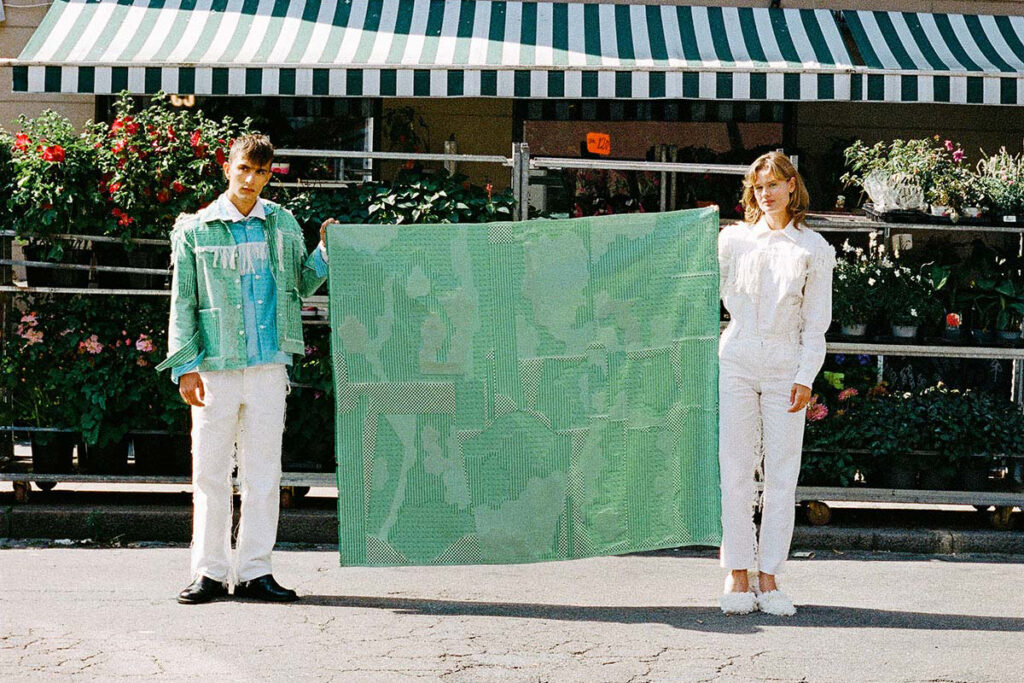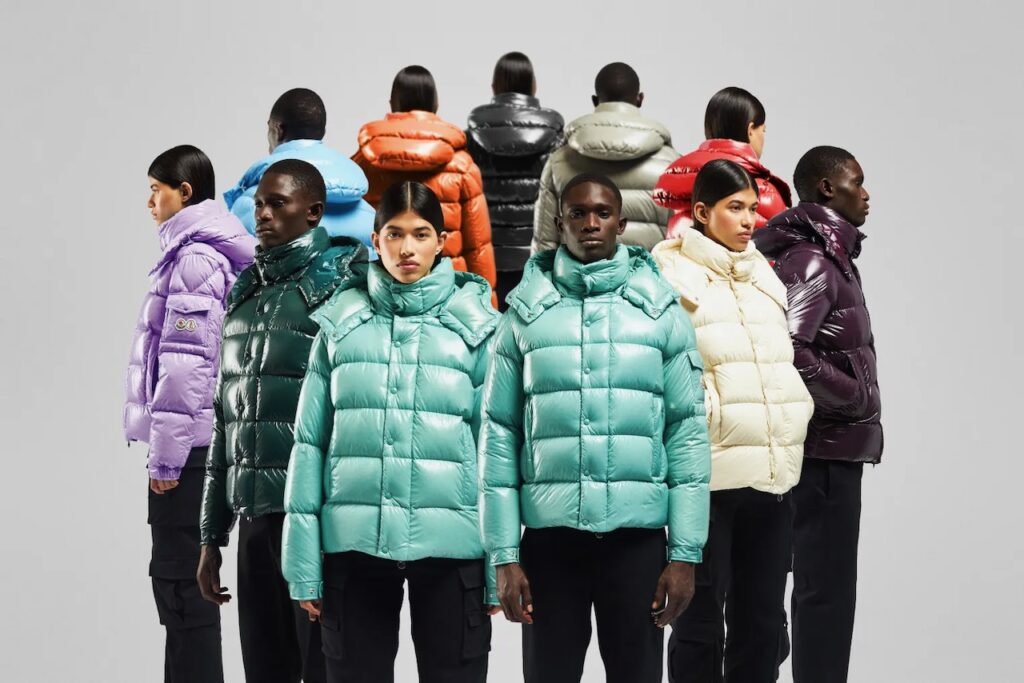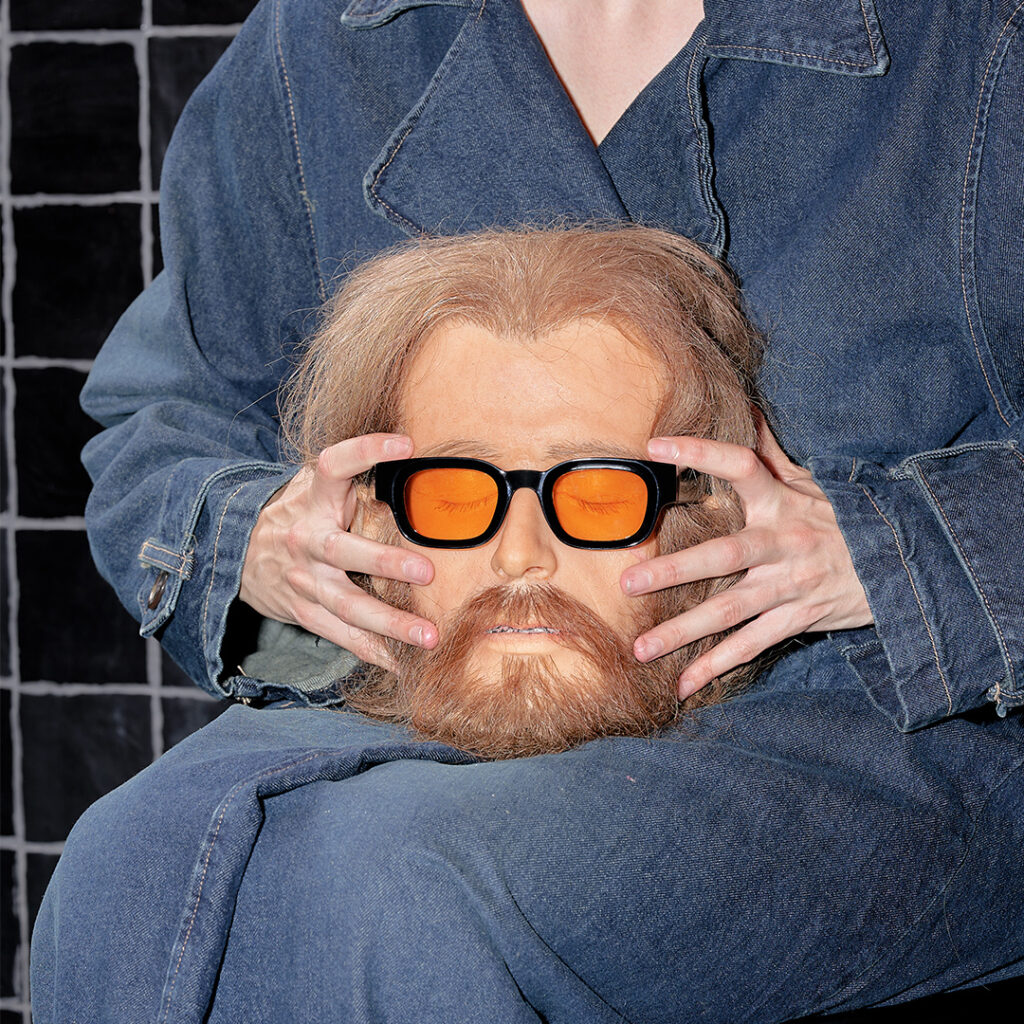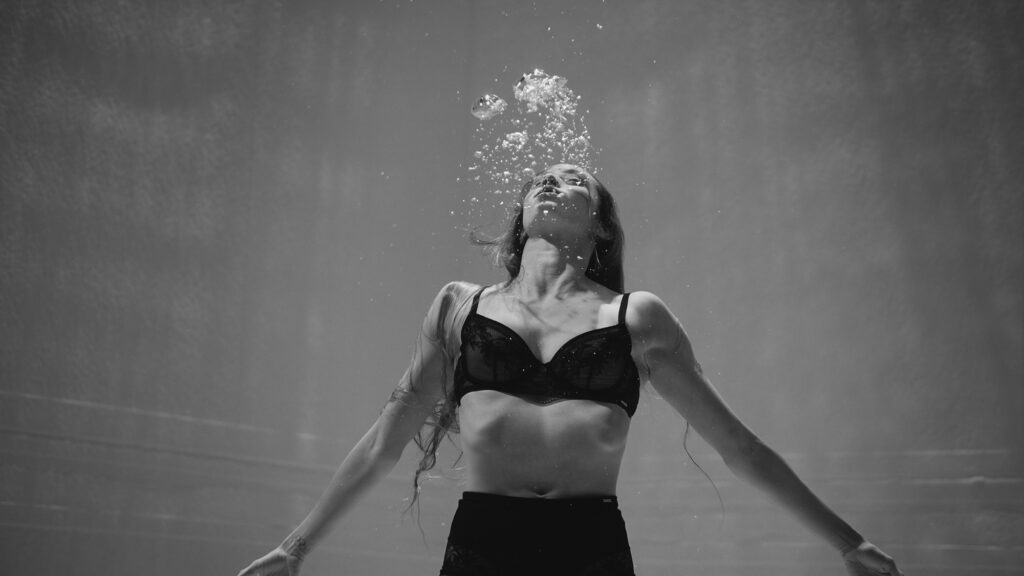In recent years, the fashion industry appeared to be taking a positive turn toward embracing body inclusivity, with a notable increase in the representation of diverse body types on the runway. However, a closer look at past fashion weeks reveals a shift away from this trend, raising concerns about the future of body positivity. With only 3.8% of medium-sized models featured in fashion shows across New York, London, Milan, and Paris, one can’t help but wonder if inclusivity was just a fleeting trend.
Was it too good to be true all along? Why?
The return of Y2K Fashion and ultra-thin models
The resurgence of Y2K aesthetics has been hard to miss in the fashion industry. With its flashy colors, daring cuts, and playful designs, the early 2000s nostalgia has taken the fashion world by storm. The return of Y2K fashion has undoubtedly influenced the types of clothes we see on the runway, but it may also be contributing to the decline of body positivity in the industry.
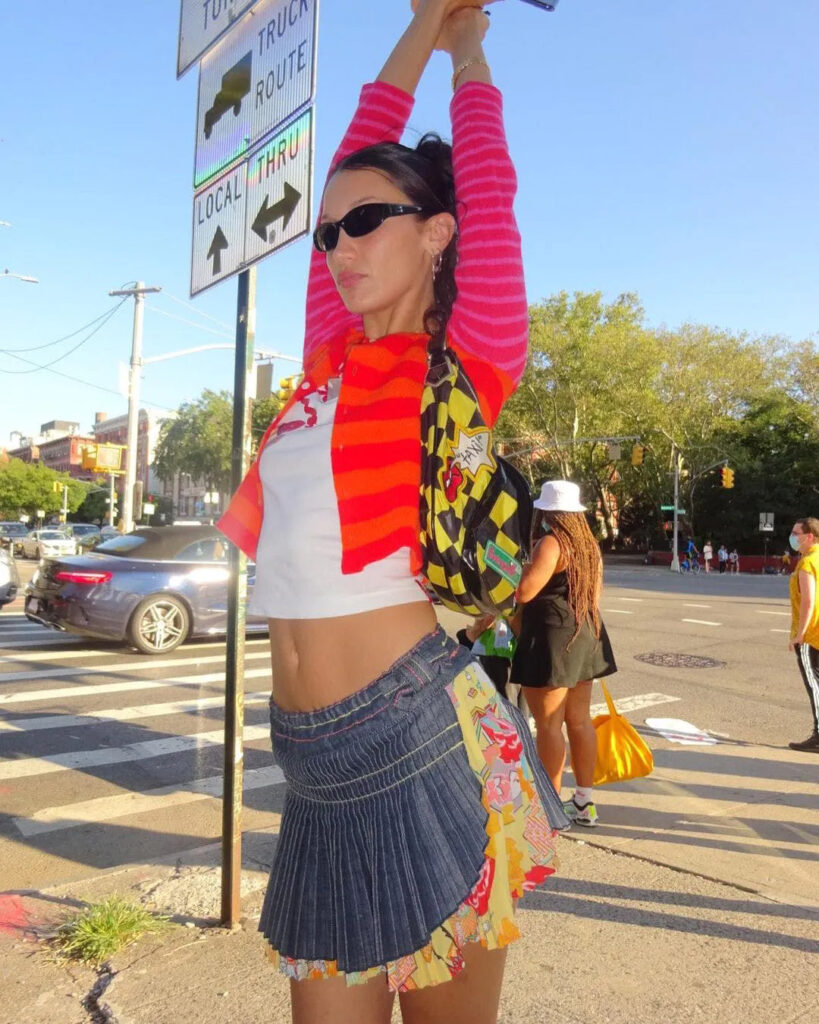
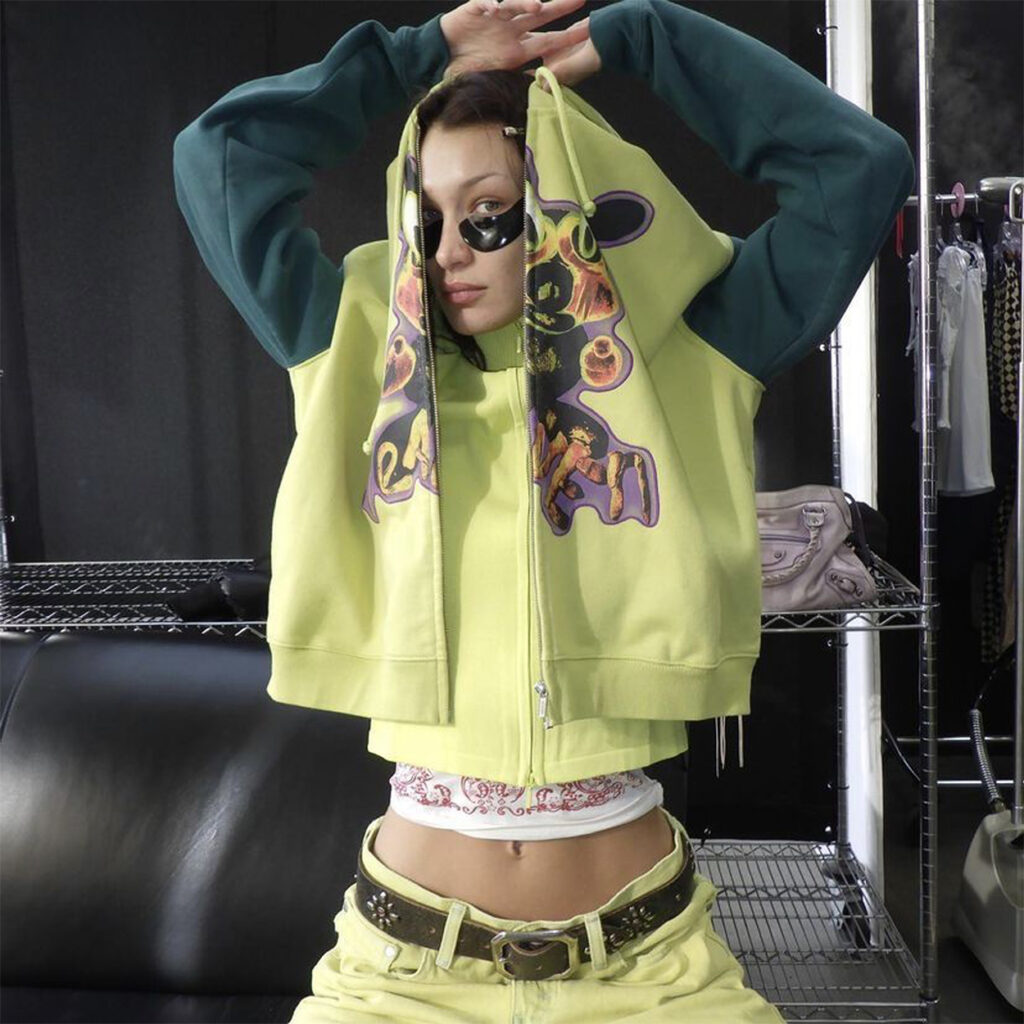
Y2K fashion was characterized by a particular type of model: the ultra-thin, waif-like figure that epitomized the beauty standard of the time. As designers increasingly embrace this nostalgic trend, we see a resurgence of clothing styles that accentuate and glorify these slender physiques. For example, during the recent Paris Fashion Week, several designers showcased low-rise jeans and crop tops, which were signature looks of the early 2000s. These pieces tend to be more flattering on thin models, thereby drawing attention to their slender frames.
Moreover, the presence of high-profile models who embody the Y2K aesthetic, such as Bella Hadid and Kendall Jenner, further underscores the connection between the era’s nostalgia and the glorification of thinness. As these models walk the runway in outfits reminiscent of the early 2000s, it’s hard not to notice how the Y2K-inspired clothing seems to be designed with their body types in mind.
This celebration of Y2K fashion could be sending a subtle message to the public that the ideal body type is once again the ultra-thin figure of the early 2000s. As a result, the progress made in promoting body inclusivity could be undermined by the very nostalgia that has captured the attention of the fashion world.
The Y2K comeback may be an exciting development for fashion enthusiasts, but it’s crucial to remember the potential impact it may have on body positivity. To prevent a full-scale regression to the restrictive beauty standards of the early 2000s, the fashion industry must continue to strive for inclusivity and diversity, even as it embraces the nostalgia of the past.
The normalization of diet drugs and designer preferences leads to a decline in body positivity
Another factor that could be contributing to the decline of body positivity in the fashion world is the resurgence of diet drugs in popular culture. As social media influencers and celebrities openly discuss their use of appetite suppressants and weight loss supplements, the pressure to conform to a particular body type becomes more pronounced.
The normalization of diet drugs can create a toxic environment that glorifies rapid weight loss and reinforces the notion that being thin is the ultimate goal. This mindset may not only affect those susceptible to body image issues but also seep into the fashion industry, as designers and casting directors may feel compelled to showcase models who adhere to this ultra-thin ideal.

Designers’ preferences play a significant role in shaping the representation of body types on the runway. While some designers have made conscious efforts to promote diversity and inclusivity in their shows, others continue to focus on showcasing clothes on thin models. This preference for thinness can limit the opportunities for medium-sized and plus-sized models, perpetuating the stereotype that only slender bodies are worthy of high-fashion.
For instance, during Milan Fashion Week, a few luxury brands received criticism for featuring predominantly thin models in their shows, with little to no representation of medium-sized or plus-sized individuals. This lack of diversity sends a clear message about the type of body these designers deem suitable for their creations, further undermining body positivity in the industry.
As the fashion world grapples with these issues, it’s essential for designers to recognize the impact of their preferences on the runway’s representation. By choosing to showcase diverse body types, designers can help dismantle the long-standing association between high fashion and ultra-thinness, paving the way for a more inclusive industry that embraces all bodies.
Digitalization and cartoonification might have something to do with it too
Digital fashion is experiencing a rapid rise, offering a fresh platform for creativity and self-expression. With this growth, however, comes the potential for challenges to body positivity. One trend in particular, known as “cartoonification,” sees users crafting digital avatars as representations of themselves. Intriguingly, many individuals opt for slimmer body types when designing these virtual personas.
To understand this phenomenon, it’s crucial to examine the motivations behind the creation of avatars in digital spaces. Often, users view their digital selves as extensions of their identity, allowing them to explore new styles and experiences without the constraints of the physical world. But when faced with the opportunity to design their ideal self, it seems many are still influenced by societal beauty standards that favor thinness.
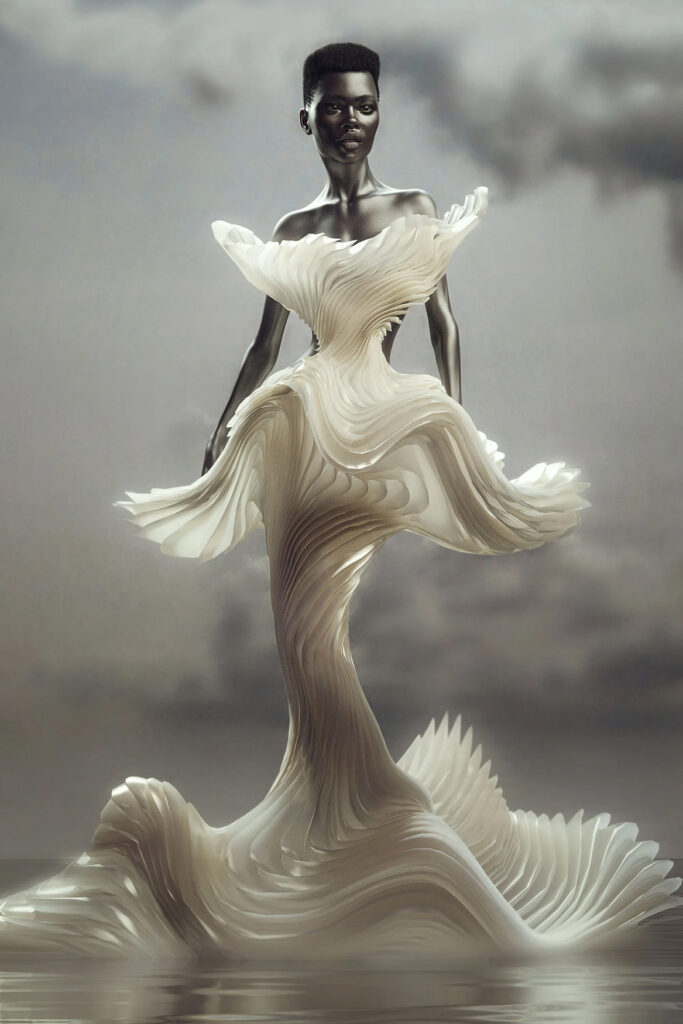
This trend raises important questions about the progress made in promoting body positivity and diversity within the fashion industry. While digital fashion holds the promise of inclusivity and self-expression, the preference for slimmer avatars may suggest that underlying attitudes about body size remain entrenched.
As digital fashion continues to evolve, it’s crucial for both designers and consumers to challenge these biases and strive for a more inclusive representation of body types in the virtual world. By doing so, we can help ensure that digital fashion becomes a force for good in promoting body positivity and diversity, rather than perpetuating harmful beauty standards.
Let’s do better on body positivity, because we know we can
Inclusivity and body positivity play a vital role in shaping the fashion industry into a more empowering and representative space for all. As such, it’s essential to continue advocating for diversity in body types, both on the runway and in the digital realm. To achieve this, designers, brands, and consumers must actively support and champion a range of body types.
Designers hold the power to influence change by casting diverse models for their fashion shows and campaigns. By featuring plus-sized models alongside their thin counterparts, designers can challenge traditional beauty standards and promote a more inclusive representation of body types. Additionally, creating clothing that caters to a broader range of sizes demonstrates a commitment to inclusivity and encourages consumers to feel confident and beautiful, regardless of their size.
Brands, too, must step up to the plate by committing to size inclusivity in their collections and marketing efforts. By collaborating with designers who prioritize body diversity, brands can ensure their messages resonate with a wider audience. Furthermore, brands can use their social media platforms to highlight the beauty of diverse body types and amplify the voices of advocates championing body positivity.
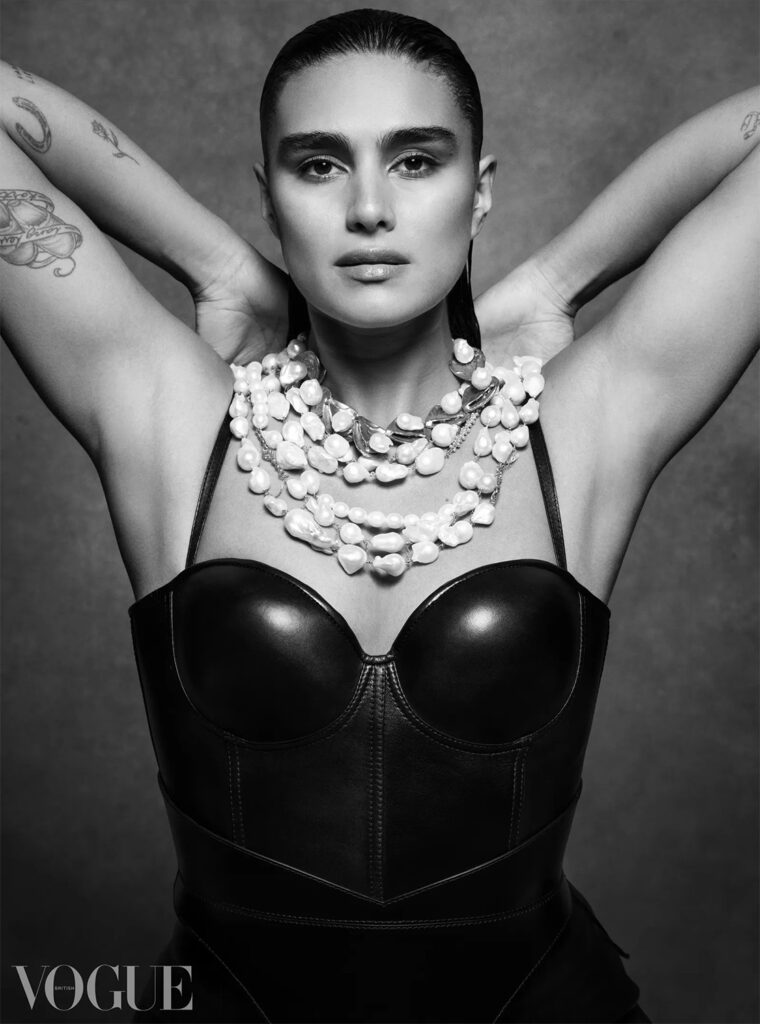
Finally, consumers play a critical role in demanding change from the fashion industry. By supporting brands and designers that celebrate body diversity and inclusivity, consumers can wield their purchasing power to promote a more representative fashion landscape. Additionally, consumers can use their social media platforms to express their preferences for inclusive fashion and share inspiring stories that challenge traditional beauty standards.
The fight for body positivity and inclusivity in fashion is far from over. By working together, designers, brands, and consumers can ensure that the progress made thus far continues, fostering an industry that embraces and celebrates the beauty of all body types.
Let’s embrace inclusivity once and for all
While recent trends in the fashion industry, such as the resurgence of Y2K aesthetics and the rise of digital fashion, seem to indicate a shift away from body positivity, it is crucial to acknowledge the progress made thus far and continue pushing for greater inclusivity. By examining the influence of diet drugs, designer preferences, and digital avatars on beauty standards, we can better understand the challenges facing body positivity in the fashion world.
The responsibility for fostering an inclusive fashion industry lies not only with designers and brands but also with consumers. Collectively, we can challenge traditional beauty standards and create a more diverse and empowering fashion landscape that celebrates all body types. The fight for body positivity is an ongoing journey, and it is up to each of us to ensure that inclusivity remains at the forefront of the fashion world.
